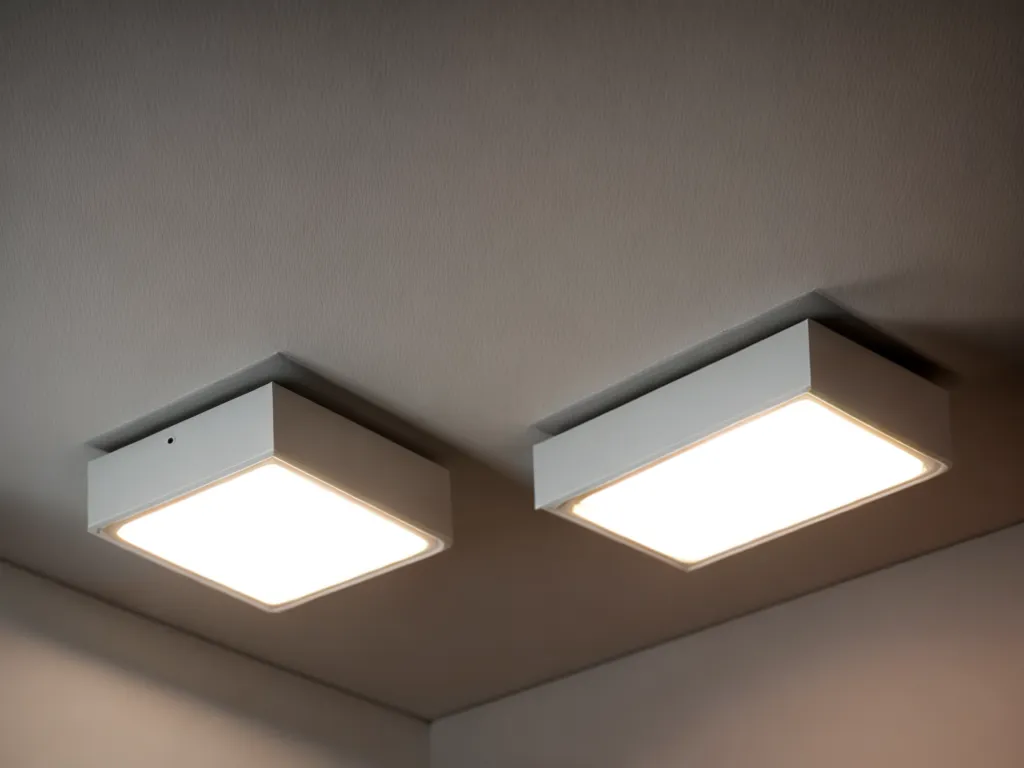
The Forgotten Downsides of Installing LED Lighting in Your Home
LED lighting has become incredibly popular in recent years. With its high efficiency and long lifespan, it seems like a no-brainer upgrade for any home. However, there are some downsides of LED lighting that are often overlooked. In this article, I'll go over some of the key drawbacks that homeowners should keep in mind before installing LEDs throughout their house.
Higher Upfront Cost
The upfront cost of LED bulbs and fixtures is significantly higher than traditional incandescent options. While LEDs save money in the long run through energy efficiency, the initial investment can be daunting. Here are some key points on the higher upfront costs:
- A standard 60W equivalent LED light bulb can cost $5-$10, whereas an incandescent is well under $1. That's nearly 10 times more expensive upfront!
- Complete LED fixture replacements often cost hundreds of dollars per fixture.
- Costs are coming down but LEDs remain pricier options. Carefully weigh long-term energy savings vs. initial costs.
The bottom line: Budgeting for a full switch to LEDs requires planning for a hefty upfront investment, even if you'll make the money back over time.
Light Quality Concerns
LED lighting is very different from traditional incandescent bulbs. This can take some getting used to. Here are some key light quality issues to consider:
- Brightness - LEDs are very directional in their light output, which can make them seem overly bright or harsh when used in traditional fixtures.
- Light color - The light color is cooler and bluer than the warm yellow glow of incandescents. This can seem stark and cold.
- Dimming - LED dimming capabilities can be poor, with some bulbs getting buzzing or flickering on a dimmer switch.
In summary, LED light can seem clinical, cold, and harsh if the fixtures are not designed properly for LED source lights. Test lights in a store first before performing a full home replacement.
Electronics Concerns
Unlike simple incandescent bulbs, LED lights rely on complex electronic drivers and boards. This electronics component brings some potential downsides:
- Buzzing or hissing from subpar or defective electronic components.
- Flickering lights if LED drivers are poorly matched to dimmer switches or voltage.
- Potential for WIFI interference in some cases depending on LED driver electronics.
- Overheating risk if electronics fail or cooling is insufficient. This shortens LED lifespan.
In short, the electronics behind LED bulbs can occasionally bring annoying issues like buzzing or flickering. Quality and compatibility is key.
Heat Management Problems
LED chips generate much less heat than incandescent bulbs while operating. However, managing that heat properly is essential for long LED lifespan. Here are some heat risks:
- Using LED replacement bulbs in enclosed fixtures can lead to LED overheating, shortening lifespan.
- Similarly, recessed ceiling fixtures may not allow enough ventilation for LED operation unless designed for this.
- Cheap LED products may skimp on heat sinks and other temperature regulation components, also shortening lifespan.
The takeaway - Ensure your lighting fixtures allow for proper LED thermal management. Overheating leads to early failures.
Lifespan Not as Long as Advertised
Lifespan up to 30,000 or 50,000 hours is commonly touted for LED lighting. However, real-world performance often falls far short of this:
- Cheap products built with inferior components will not come close to these lifespan claims.
- As covered earlier, heat management is essential yet often flawed.
- Frequent switching on and off can prematurely age LED chips.
- Harsh vibration or jostling can damage electronics or connections over time.
While still longer than incandescent bulbs, real-world LED lifespan is sometimes half or less of marketed figures. Review warranty coverage and read reviews carefully.
Conclusion
Switching a home fully over to LED lighting comes with substantial upfront costs. The lighting quality takes some acclimation, and lifespan may not meet claims if products are low quality or poorly implemented. That said,LED efficiency and positive environmental impact make it a change still well worth considering. Just go in with eyes open - unexpected costs and imperfect experiences do occur. Taking the time to research quality products, suitable fixtures, and work with experienced electricians helps ensure a smooth transition to LED lighting.